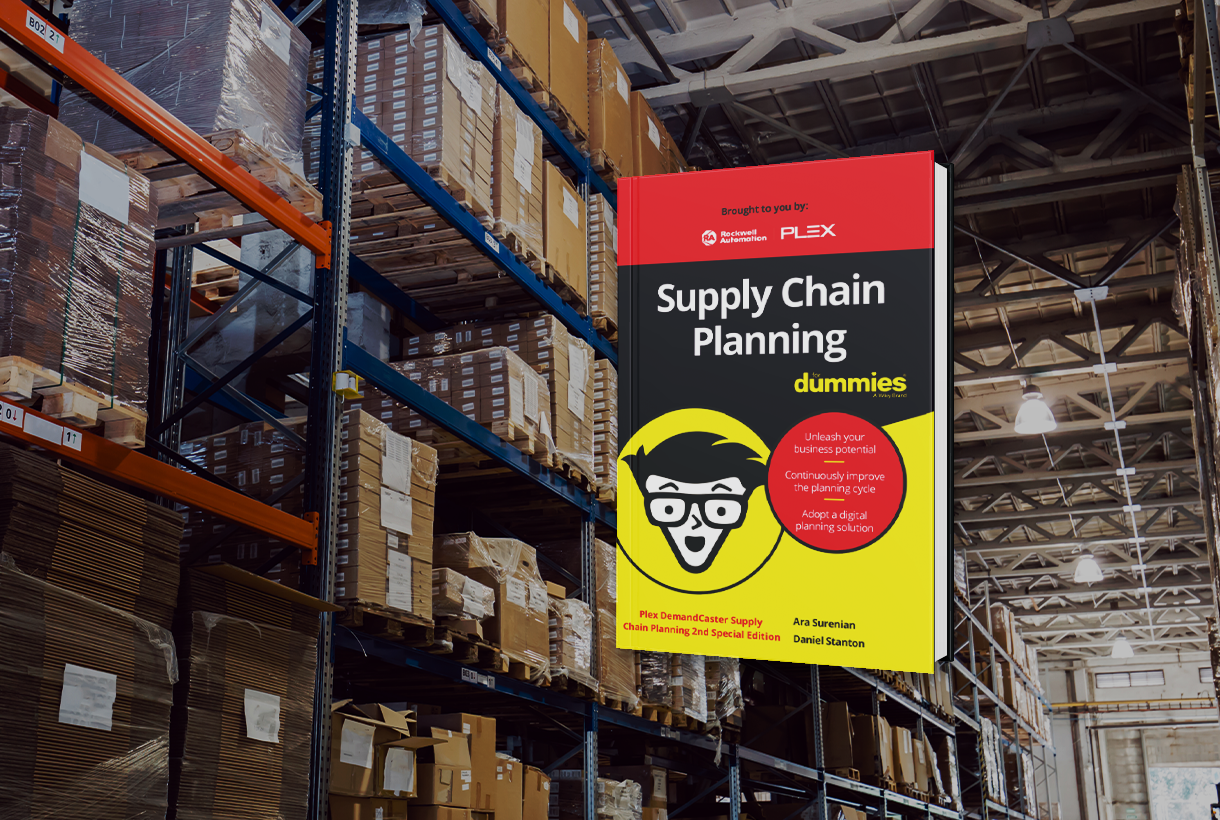
When properly executed, demand planning puts you in the best position to deliver exceptional customer service while improving profitability. In contrast, both of those goals are often at risk when demand planning is ineffective. You can head off problems by looking for early signs that your demand planning efforts may be “less than stellar” and need some improvement. Before getting to those, a definition is in order.
What Is Demand Planning?
According to the Institute of Business Forecasting and Planning, demand planning uses forecasts to “help highlight opportunities and threats; tell us ahead of time what we expect sales of a product to be; and which markets or channels of distribution are likely to expand or contract. Demand plans also help in establishing goals and providing alerts about products and markets that require close monitoring.” Put another way, demand planning is a method to project the future need for your products so that supply can be planned accordingly. When the two are in balance customer commitments are easier to meet as are business performance objectives.
5 Demand Planning Warning Signs
Equipped with the right demand planning capabilities, you can accurately anticipate demand, sense it—even drive it—and adjust quickly to volatility. The catch? You can’t reap those benefits when your demand planning is underperforming. Here are five warning signs to look for.
- Expedited shipments. This is a classic indication of demand planning issues. In this scenario, orders are not ready in time to ship cost-effectively. To hit delivery dates, you have to pay premium shipping rates. This is one of the issues that confronted STM Brands, a maker of award-winning accessories for tablets, laptops, and phones. The company was delivering orders on time, but its shipping costs were killing its margins. Its ratio of airfreight to ground shipping was 10:1. After implementing DemandCaster supply chain planning software, STM Brands was able to plan production far enough ahead to cut its airfreight costs in half, while boosting its operating margins by 20%.
- Orders on time but not complete. Inadequate demand planning is often the culprit here. For craft chocolatier TCHO, its inability to effectively plan for fluctuating demand meant that too many orders were going out the door only partially filled, adversely affecting its customer service levels. Lacking a clear view of demand, it was often in reactive mode when responding to order surges for certain SKUs. The company revamped its planning processes to incorporate agile demand planning capabilities from DemandCaster. As a result, it was able to improve delivery of complete orders by 20%, while meeting or exceeding a 98.5% service level.
- Low inventory turns. How often your entire inventory turns over is a good indication of the health of your supply chain planning program in general. Lower than industry-leading inventory turnover usually points to problems with demand forecast accuracy. Proactive demand planning can give you the data insights you need to identify the underlying problems that lead to ineffective sales and marketing tactics on certain items.
- Stock-outs. Running through particular items faster than expected is often the result of problems with demand forecasting. Your planning efforts may be inaccurate or negatively biased. Or maybe they are too rigid and spreadsheet-dependent to capture dynamic changes. Whatever the underlying causes, the costs are the same: missed deliveries, lower service levels, and higher customer dissatisfaction.
- Excess or obsolete inventory. As with low inventory turns, excess inventory, obsolete inventory, or having to maintain high safety stock levels often involve a disconnect between demand and inventory forecasting. The best demand planning solutions provide you with granular visibility into your supply chain at the item, category, supply chain node, customer, and distribution channel level to help ensure that inventory stays in sync with incoming orders.
An Important Caveat
Demand planning doesn’t happen in isolation. Some of these issues noted above could reveal problems not only with demand planning, but also with supply planning, S&OP, production and capacity planning, or other interdependent aspects of supply chain planning.
Look to the Cloud
To thrive in highly competitive markets, you need to be able to anticipate the unexpected while keeping inventory and demand in careful balance. Cloud-based supply chain planning solutions like DemandCaster incorporate advanced demand planning that puts you in the fast lane to lasting customer satisfaction and higher profitability.

